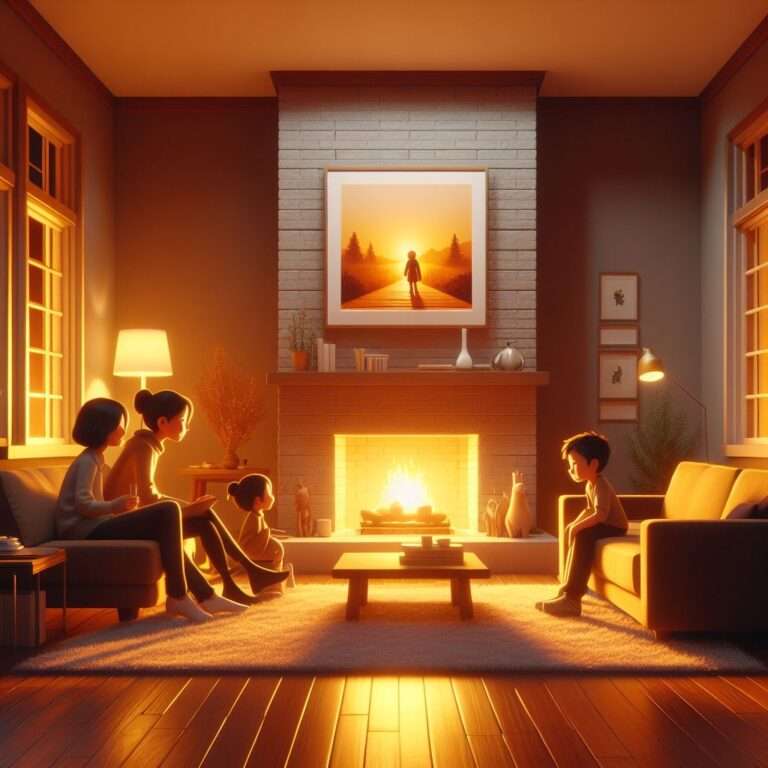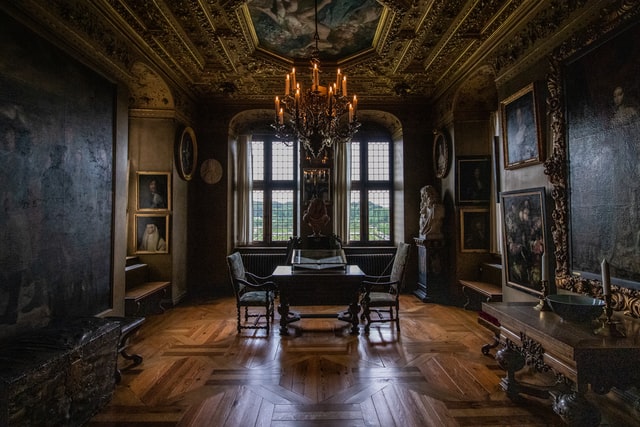
This is an excerpt from the Book called “Art Deco House Style” by David & Charles. Continue reading to learn more about The Beginnings Of A Mass Style, thanks to the author.
It was during the interwar years that a new phenomenon evolved throughout the United Kingdom, North America, Australia and New Zealand and parts of Europe: the rise of suburbia. Growing industrialization led to the movement of large numbers of people away from rural areas to find employment in cities; the democratization of the motor car and the extension of public transport networks-not least the new underground rail systems-also played their part. The gaps that had once separated towns and cities from their outlying villages were filled in, creating large zoned conurbations. Most of the buildings that were erected in these urban outer rings were domestic housing of an affordable kind.
These houses were not of course exclusively or even principally Art Deco creations. Art Deco was an exceptionally pervasive style, influencing most aspects of people’s lives, but it was primarily a style of decoration. Nevertheless, the coincidence between Art Deco’s flowering and the growth of the suburbs inevitably meant that the new buildings included certain Art Deco elements. Few houses were ever built that were pure Art Deco from top to bottom-and even fewer people nowadays have the luck to live in such houses.
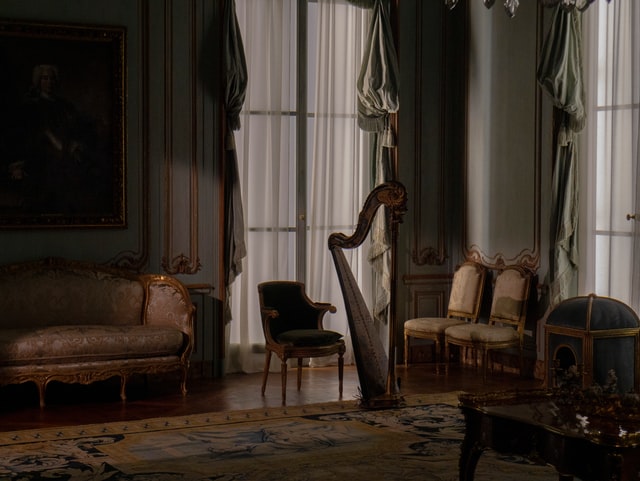
For this reason, this book has not confined itself strictly to ‘Art Deco house style’ but deals more generally with the domestic style and decoration of the interwar years.
Art Deco In The USA
The Paris exposition of 1925 had been immensely popular and spawned lavish government-sponsored publications featuring the works displayed in the French section. As a result, the Art Deco style became widely diffused, especially in the USA, where it was further popularized by the look and image of Hollywood films. In the USA, the term ‘Moderne’ was used to describe a style that was somewhere between Art Deco and an expression of the Modernist movement. Modern buildings made heavy use of chromium and other new materials, but were not stripped of all ornament, as were the later Modernist structures.
The Metropolitan Museum of Art in New York made a number of purchases from the Paris Exposition, while a display of 400 objects travelled to major American cities in 1926 and the department store Lord & Taylor held an exhibition of Moderne style in 1928. However, during the period from 1925-35, little was actually produced in the USA to which the term ‘Art Deco’ could be aptly applied. The USA did not have the tradition of luxury craftsmanship that had blossomed into Art Deco in France. The style was, however, adapted when it crossed the Atlantic. Kenneth Frampton wrote in Modern Architecture:
From the American point of view, the First World War had been favourably concluded; America had emerged a creditor nation and the boom of the 1920s was about to start. In what style could such an enthusiasm for ‘progress’ be expressed? Certainly not in the historicist styles of waning European power-nor for that matter could it adopt the avant-garde mode of the new Europe… Its sources had to be more open and eclectic.
Many talented European designers emigrated to the USA, fleeing the persecutions and aggressions that were to precipitate World War II. They took with them their ideas and skills, thus stirring America into a new era of innovation in architecture and the decorative arts. They included the industrial designers Joseph Urban, Paul Frankl and Kem Weber from Vienna, who worked in a rational, geometric style that had emerged largely from the Wiener Werkstatte, rather than from the French style moderne. Frankl drew on the Viennese style and the austere simplicity of modern American architecture to make his famous ‘Skyscraper’ bookcase in about 1928. Other designers in America combined the polychrome decoration and geometric shapes of Moderne style with the machine aesthetic, thus taking Art Deco forward by imbuing it with urban sophistication and rationalism and applying to it a modern use of materials.
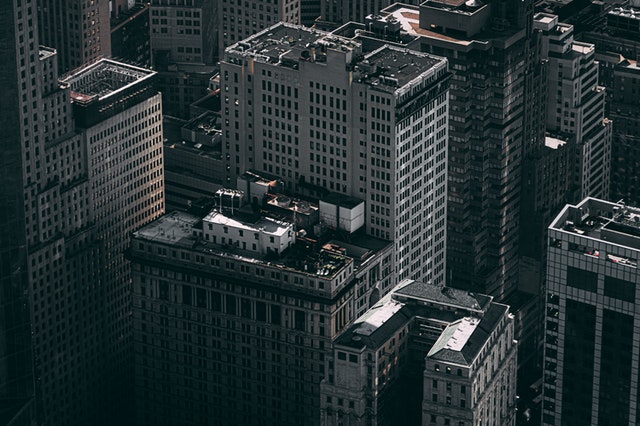

The Radio City Music Hall in New York City opened in December 1932, its exterior decorated with three circular plaques of metal and enamel showing allegorical reliefs of the figures of song, dance and drama. The aim of the architects (Edward Durrell as design architect, Donald Deskey as interior design co-ordinator), stated in the publicity handout, was ‘to achieve a complete decorative scheme that is an example of sane modern design, as differentiated from modernistic design that merely takes as a starting point deviation from an established form’. A Jazz motif throughout this building illustrates why Art Deco was sometimes equated with ‘Jazz’ style. Like many other buildings of the time, this ‘sane modern design’ was born out of a conglomeration of ideas including Aztec and Egyptian art, the Ballets Russes and all the other artistic predecessors of Art Deco. Even the architect may not have known precisely what inspired him.
Much has been written about the origin of the pyramid-like shape of skyscrapers. In fact, the reason for this shape was essentially mundane. The zoning laws of 1916, intended to prevent overcrowding and to permit the entry of as much light and air as possible, forbade the construction of towers that rose in a solid mass. The greater its height, the narrower the tower had to be in relation to the total ground space the building occupied.
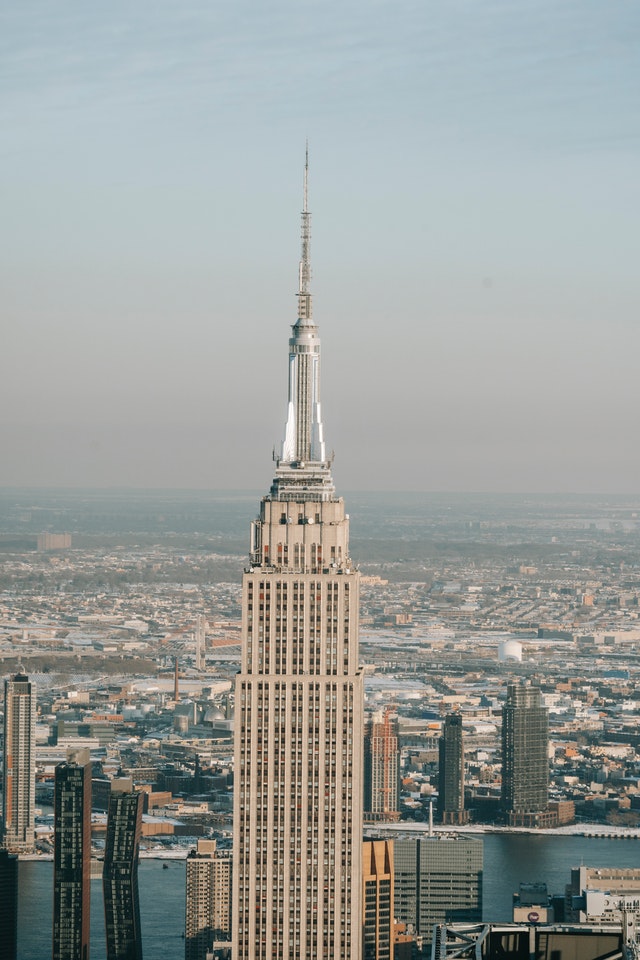
Another famous New York skyscraper-the Chrysler Building of 1929 by William Van Alen (1883-1954)-displayed Art Deco influence in the decorative stainless-steel sunburst of the upper floors. Inside, the lobby, with its expensive marbles and elevator doors decorated with an intarsia design in the form of a papyrus flower, is also a masterpiece of the style. Ely Jacques kahn (1884-1972) was responsible for a large number of Art Deco skyscrapers in the 1920s and 1930s. His namesake Albert Kahn (1869-1942), a self-made entrepreneur, worked principally in the domestic sector, choosing the style to suit the occasion-neo-Tudor, classical or functional. Such variety was typical of the time. As David Watkin has written in A History of Western Architecture (1986):
In a typically American combination of industrial dynamism and social conservation, a business tycoon of these years might live in a neo-Tudor suburban mansion, work in an Art Deco skyscraper, visit a neo-Georgian country club at the weekends, and educate his sons at a neo-Gothic college, all built in the 1920s.

